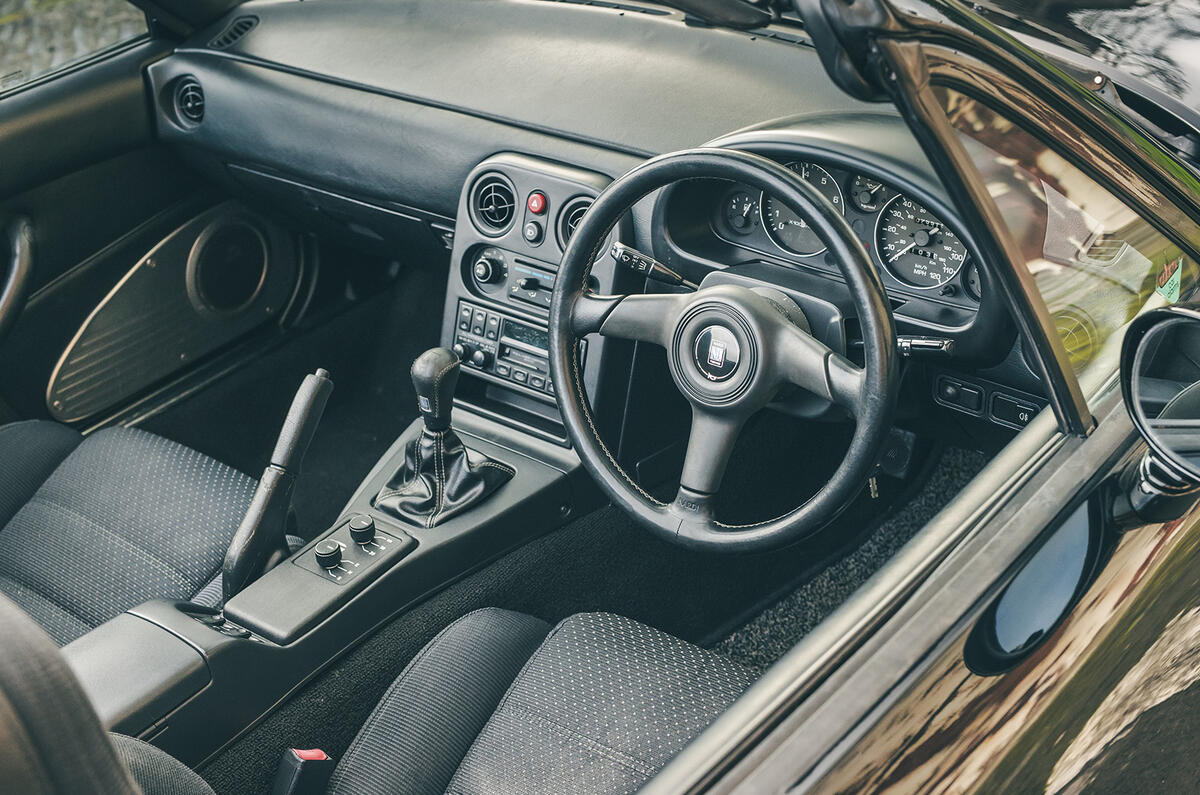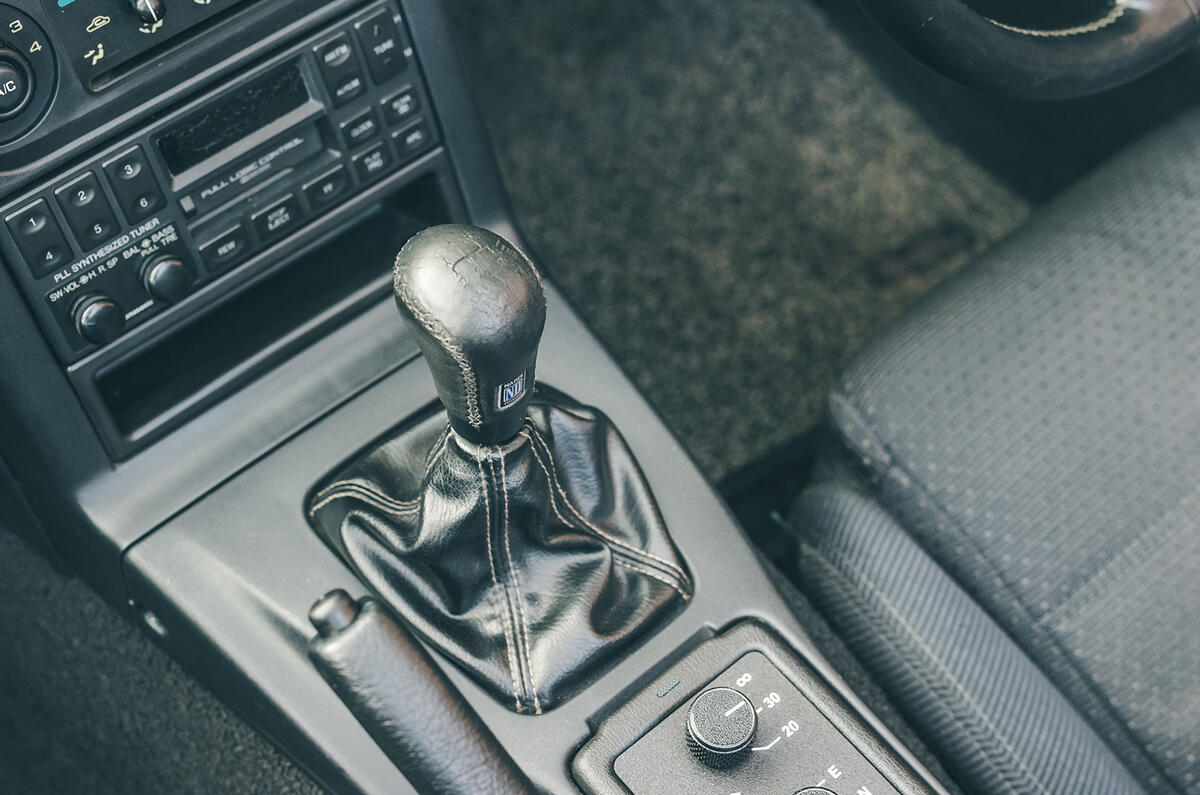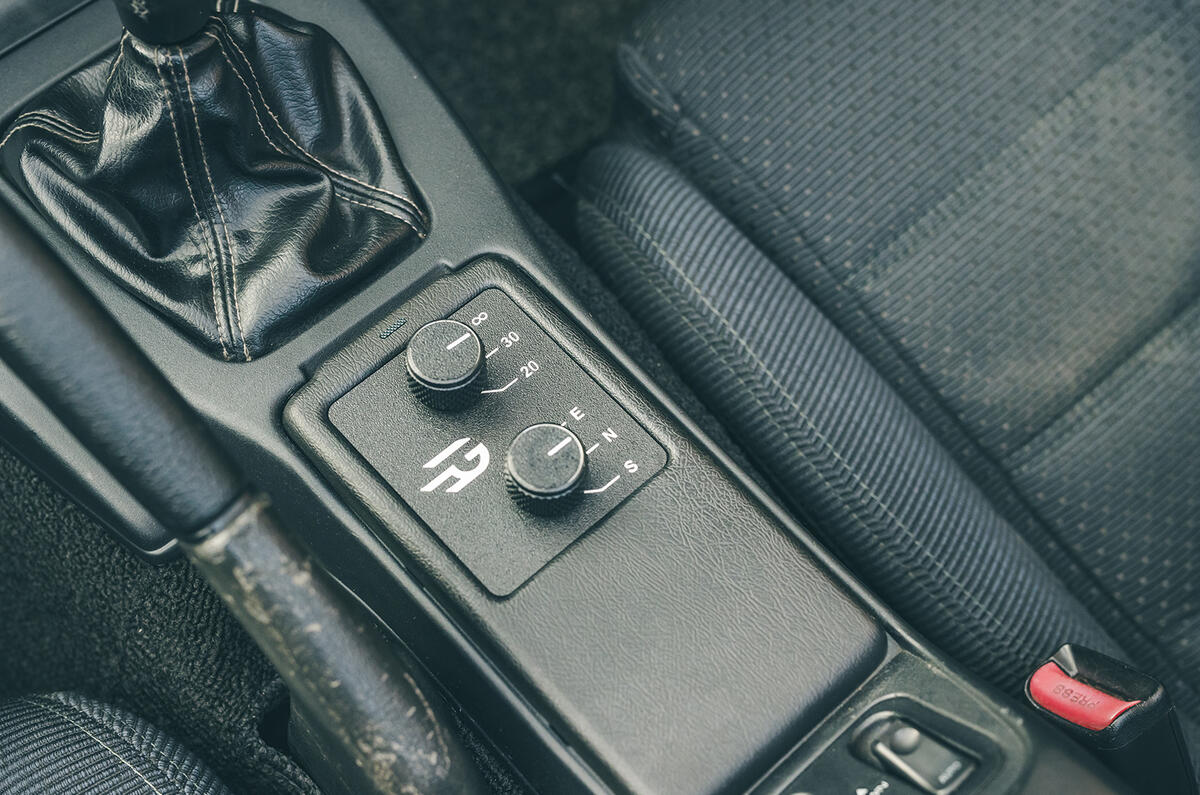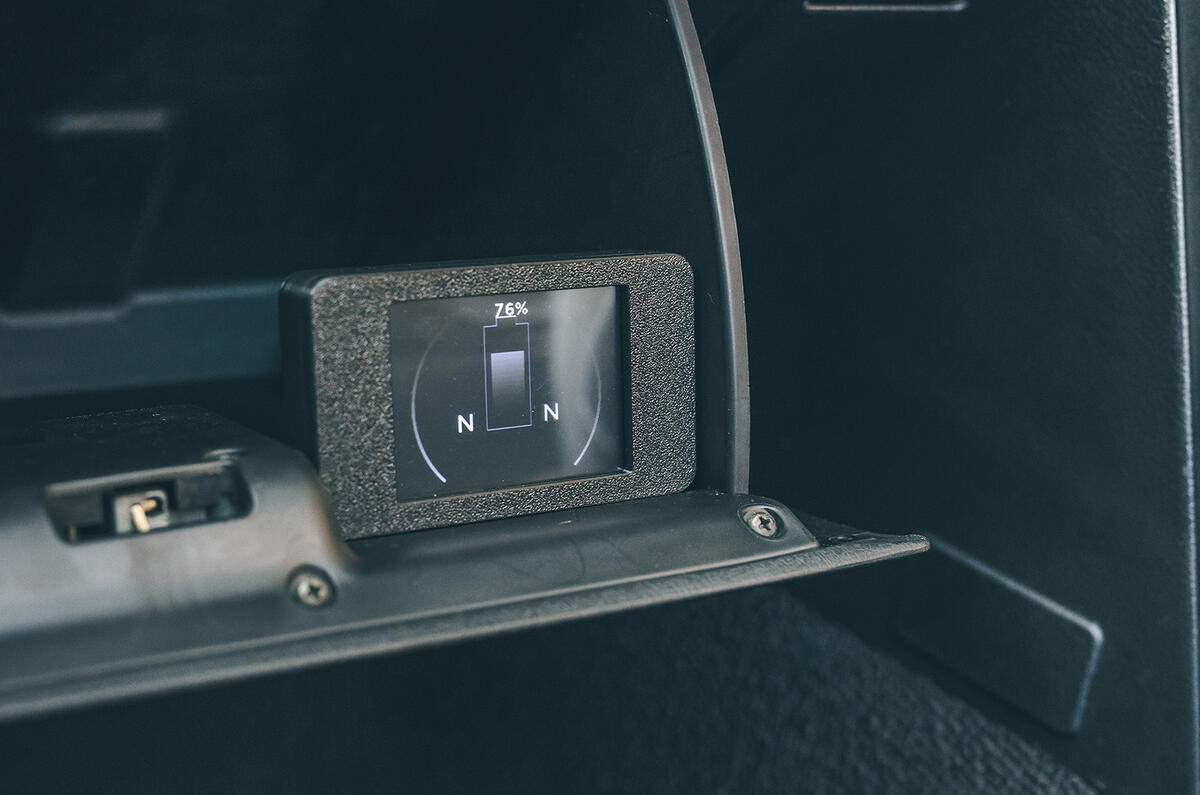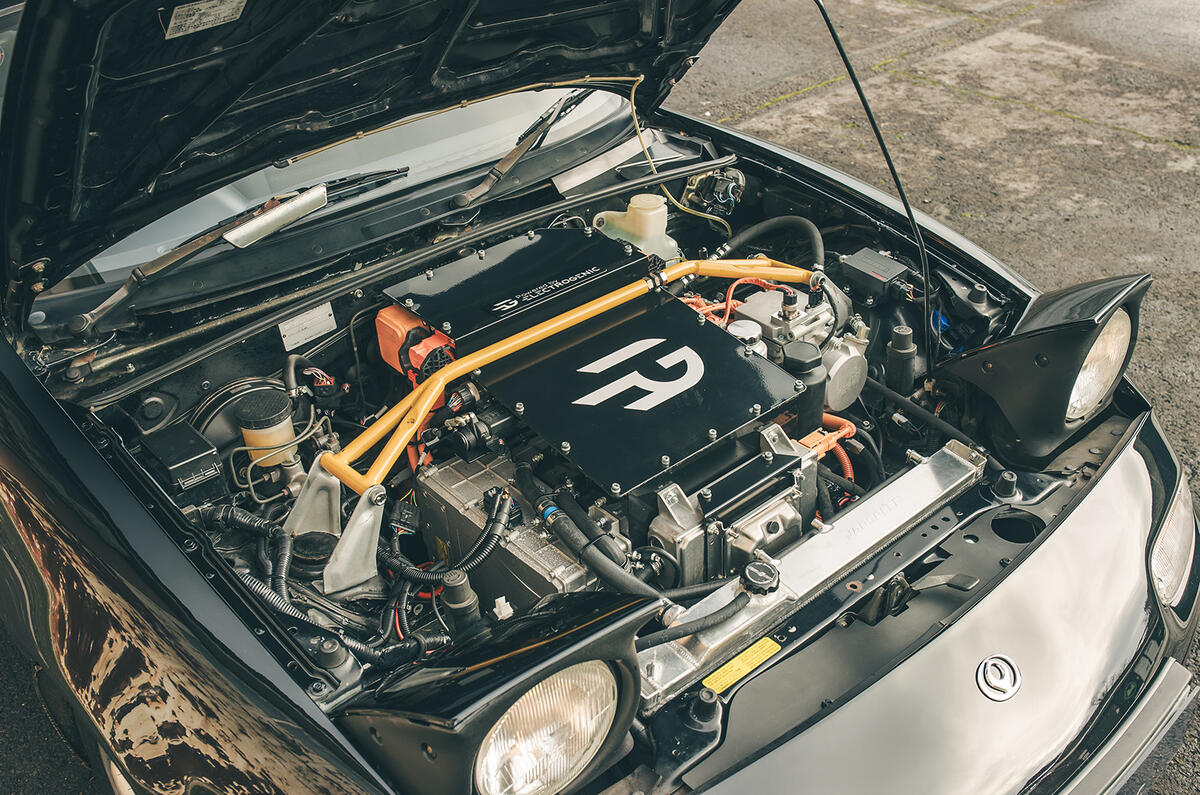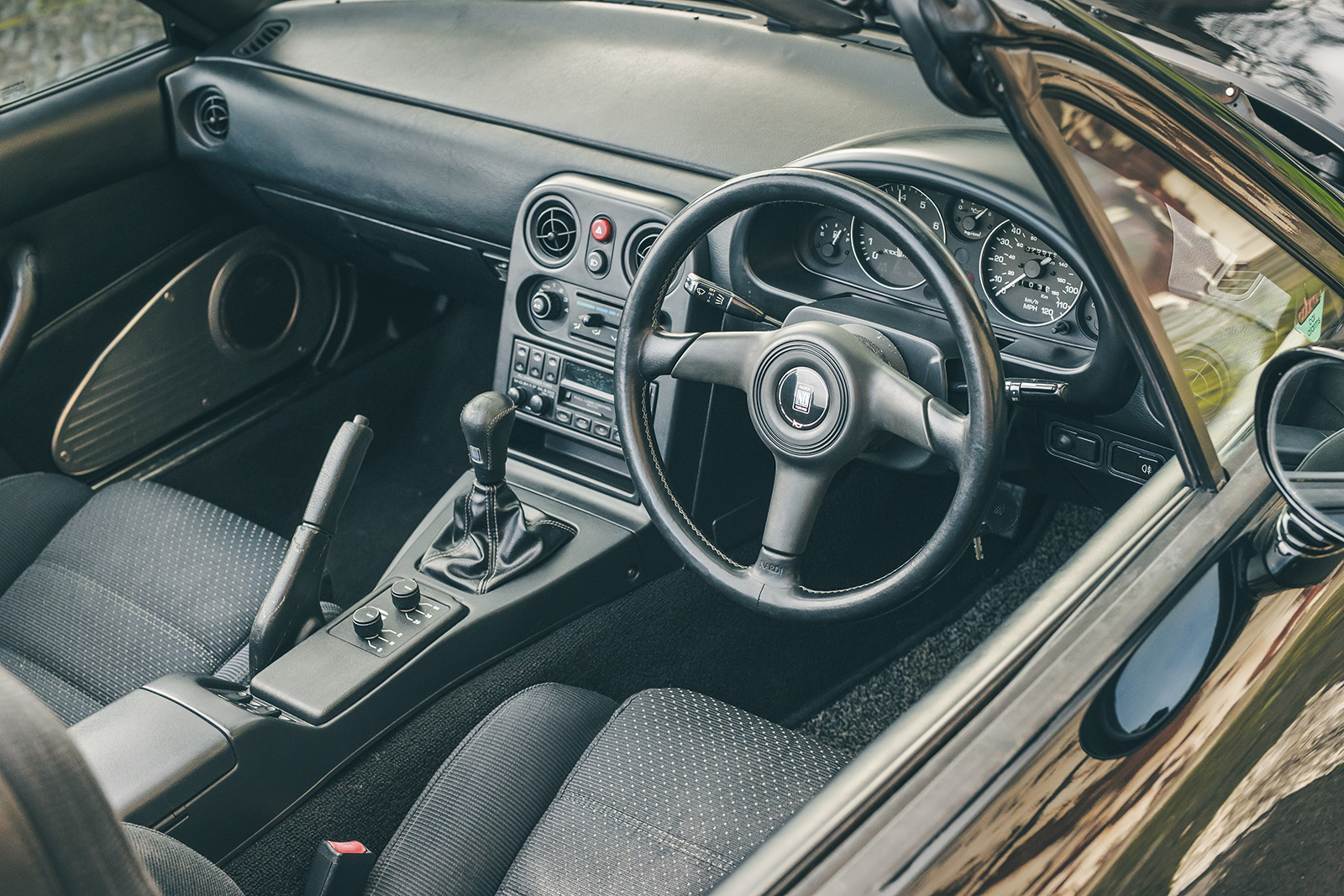“An MX-5 with torque?! What’s that like?!" quipped a colleague. Well, mate, in short, the Electrogenic Mazda MX-5 is exactly what I imagined it would be like – except maybe a bit squirrellier.
The good folk at Oxfordshire-based Electrogenic have created a kit for the Mk1 (NA) Mazda MX-5 of 1989 and installed it in the car before you.
They’ve substituted the four-cylinder petrol engine for a single electric motor, pumping out 160bhp and 229lb ft torque, and 42kWh of batteries. The five-speed manual has been substituted for a single-speed auto. Range is said to be in the region of 160 miles.
Quick summary? It steers, stops and rides like a Mk1 MX-5, but it really goes. It wraps up 0-60mph in around six seconds and the shove from 0-30mph is urgent, unfiltered and very different from the original MX-5 experience, where you need to wind the engine up to at least 5500rpm to get the most from it.
If you’re looking at this from an ultra-direct, retro electric sports car perspective, it doesn’t really have any rivals – but if you’re willing to open your horizons, suddenly it gets really serious.
The MG Cyberster is very different in outlook but ultimately an electric roadster, whereas cars such as the Honda S200 fill the remit for cool Japanese convertibles.
The Electrogenic MX-5 is quite a hard car to peg down, its nicheness giving it virtually no direct competitors. Yet indirect contenders for your cash run to every luxury item you can think of.






